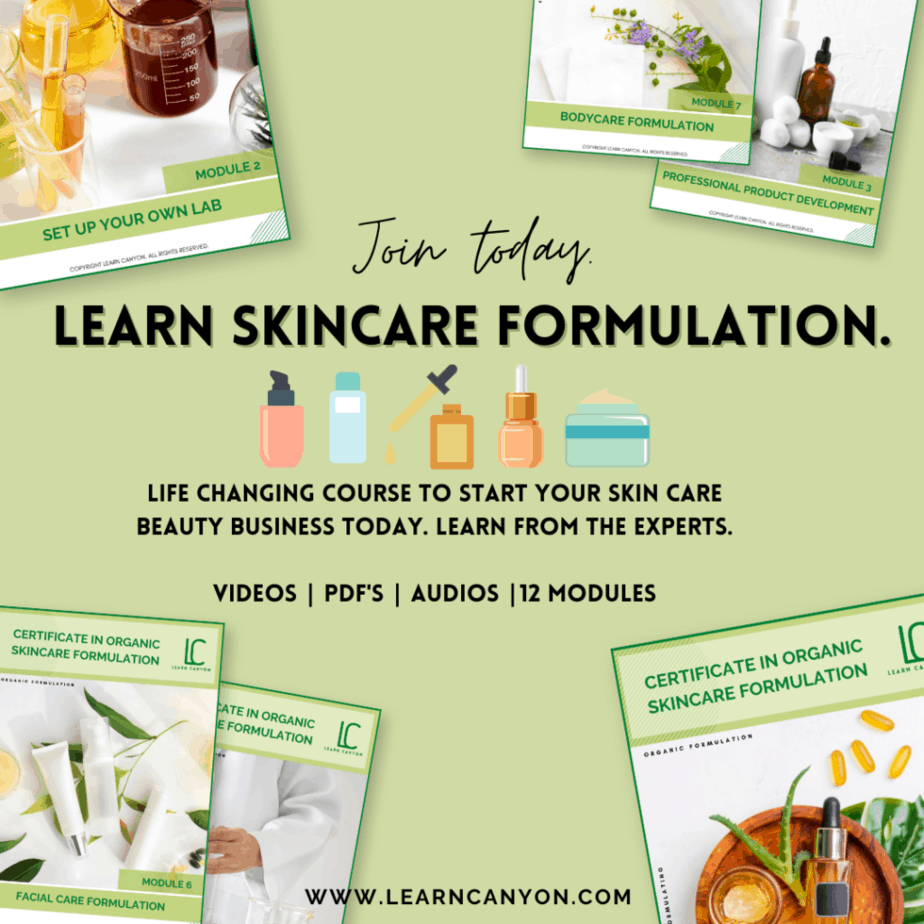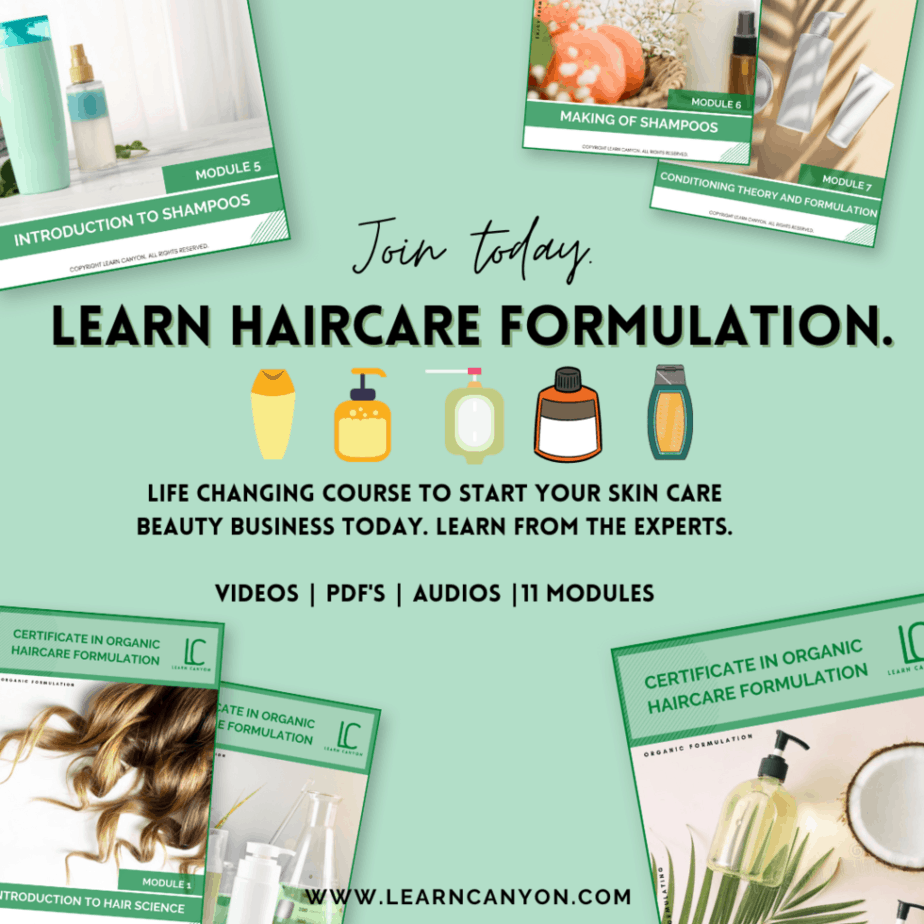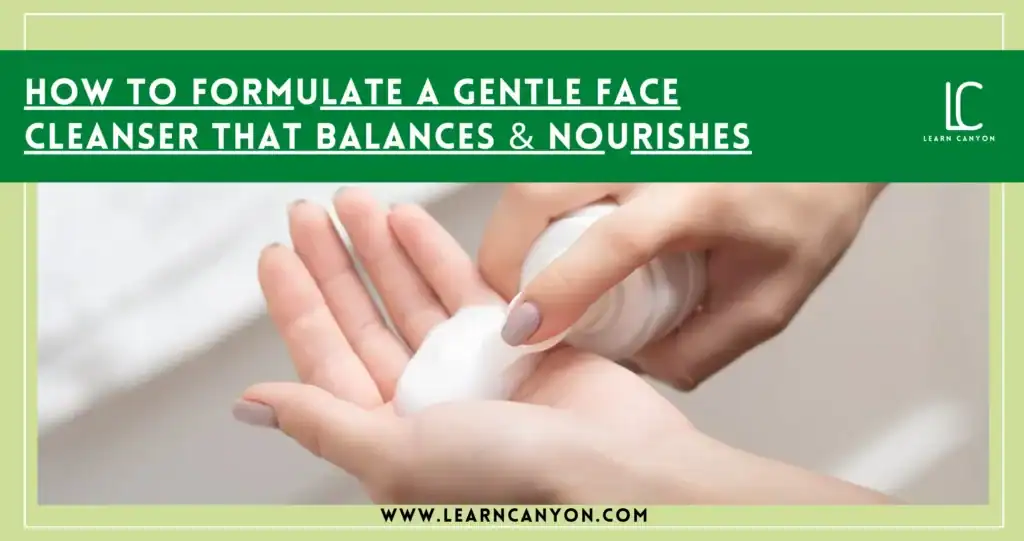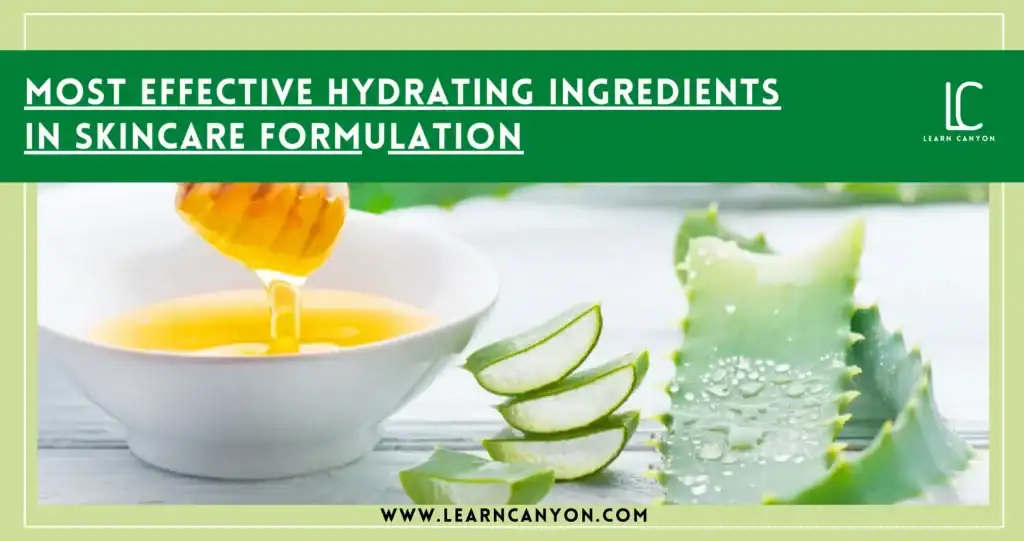As someone who’s been knee-deep in beakers, botanicals, and beauty breakthroughs for over a decade, I’ve seen natural clays work absolute magic in both skincare and haircare formulations. Whether you’re whipping up a detox mask for oily skin or a balancing scalp treatment, clays are your humble powerhouse.
Let’s dive into the beautiful world of cosmetic clays where nature meets high-performance formulation.
Why Natural Clays Deserve a Spot in Your Formulator’s Toolkit
Let’s talk about one of my favorite earthy essentials clays. These humble, mineral-rich powders are true skincare and haircare superstars, even if they don’t always get the spotlight like flashy actives or trendy botanical extracts. As a professional formulator, I’ve found clays to be not just effective but essential in creating high-performance, nature-inspired formulations. Whether you’re targeting oily skin, dull complexions, inflamed scalps, or even mature skin there’s a clay for that.
One of the most compelling reasons to include clays in your toolkit is their natural detoxifying power. Clays have negatively charged ions that bind to positively charged toxins, dirt, and heavy metals. It’s almost like they magnetically pull out impurities from the skin and scalp. This makes them ideal for clarifying formulations whether it’s a face mask for acne-prone skin or a scalp paste to clear product buildup. And the best part? They cleanse without stripping the skin or disrupting its barrier when you formulate with care.
But it’s not just about detox. Clays are mineral-rich gifts from nature, loaded with elements like silica, magnesium, calcium, iron, and potassium. These trace minerals nourish the skin, boost cellular renewal, and help improve skin texture over time. When used in haircare, they can even support stronger roots and healthier follicles. You’re not just removing toxins you’re feeding the skin and scalp too.
Another thing I love? Their versatility. Clays can be used in such a wide variety of products. From dry masks and emulsified creamy masks to face cleansers, scrubs, deodorants, shampoo bars, and even mineral makeup these powders are adaptable across formats and skin types. Each clay has a unique texture, pH profile, and absorbency level, which means you can really tailor your formulation to meet specific concerns. Think of them as customisable building blocks in your formulation journey.
And let’s not forget how gorgeous they are! Clays act as natural colorants a dreamy feature for any clean beauty formulator. Whether it’s the calming pink hue of Rose Clay or the earthy depth of French Green, you can bring both visual appeal and functional benefits to your products. There’s no need for synthetic colorants when nature has already done the work for you. Formulations feel richer, more luxurious, and more authentic.
Clays also tick the box for clean beauty. Consumers today want to know what’s in their products. They look for familiar, trustworthy ingredients that align with eco-conscious and wellness-oriented values. Clays speak that language fluently. When you add “Kaolin,” “Rhassoul,” or “Fuller’s Earth” to your ingredient list, it resonates with customers who are searching for purity, performance, and planet-friendly skincare.
And here’s the icing on the cake clays are cost-effective, stable, and widely available. You don’t need large percentages to make a formulation effective. Even a small amount goes a long way. For businesses, this means lower production costs and higher perceived value. Whether you’re just starting your brand or scaling up, clays offer incredible value without compromising on results.
To me, clays represent that perfect balance of ancestral wisdom and modern formulation science. They’re not just trendy ingredients they’re timeless. And when used thoughtfully, they can elevate your formulations into something both powerful and soulful.
So, if you’re dreaming up your next skincare or haircare product, don’t overlook the simplicity and strength of clay. It might just be the grounding ingredient your formula and your customer needs.
Meet the Clays:
1. Bentonite Clay
Skin Type: Normal, oily, acne-prone
Hair Type: Oily scalp, dandruff-prone
Bentonite is like the vacuum cleaner of clays. Formed from volcanic ash, it’s rich in montmorillonite and known for its super-absorbent properties. I use it in acne masks, clarifying pastes, and scalp detox treatments. It swells in water, so it’s important to hydrate it properly before blending into your formula. Bentonite pulls out impurities, excess sebum, and even heavy metals making it ideal for purifying rituals.
Pro Tip: Avoid using metal tools with Bentonite. It can interact with metal and reduce effectiveness.
2. Brazilian Clay
Skin Type: All skin types
Hair Type: Color-treated, dull, or balanced scalps
Brazilian clays come in beautiful hues pink, purple, yellow, and more thanks to their mineral diversity. They’re perfect when you want performance and aesthetic appeal. I love using pink Brazilian clay in brightening masks and purple clay in calming formulas. They’re gentle, mineral-rich, and great for maintaining skin balance without over-drying.
Pro Formulator’s Angle: Use in emulsified masks or tinted face cleansers to naturally color and remineralize skin.
3. French Green Clay
Skin Type: Oily, sensitive
Hair Type: Inflamed or itchy scalp
This one’s a detox queen! French Green Clay is super rich in iron oxides and decomposed plant matter (that’s what gives it that deep green tone). It boosts circulation while deeply cleansing the skin. For oily and sensitive skin types, it’s a wonderful gentle purifier. I often use it in emulsified clay cleansers or cream masks that also include aloe or chamomile to keep things calming.
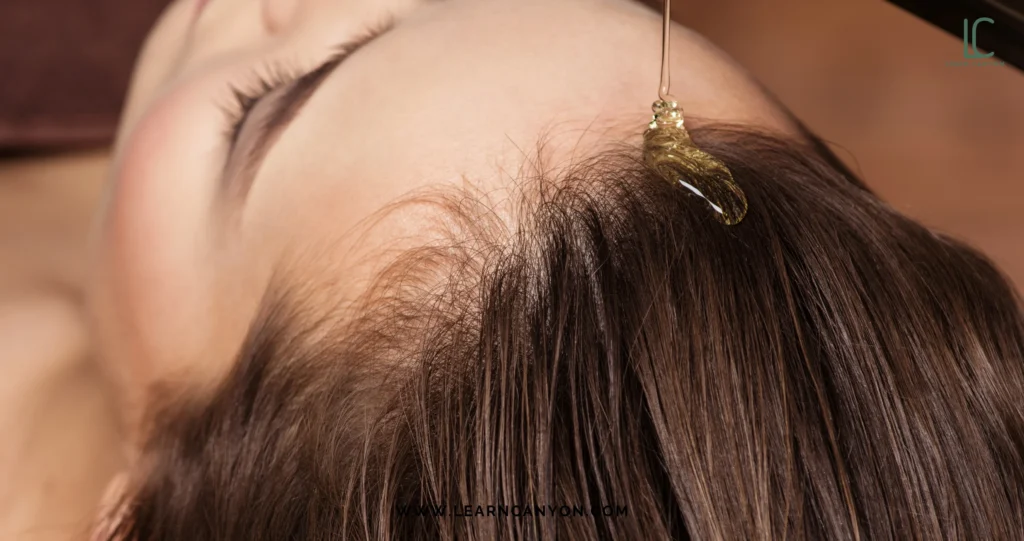
4. Fuller’s Earth (Multani Mitti)
Skin Type: Oily, pigmented, scarred
Hair Type: Dull and oily scalps
This classic clay from India is a go-to in Ayurvedic formulations. It’s excellent for brightening, evening skin tone, and reducing excess oil. It’s highly absorbent and also works well in mud shampoos or hair packs for those with greasy scalp issues. However, it can be drying so always pair it with moisturizing or humectant-rich ingredients.
Blend Idea: Combine with rose water and turmeric for a traditional skin-lightening mask.
5. Green Zeolite Clay
Skin Type: Normal to oily
Hair Type: Itchy, oily scalps
Zeolite is technically a volcanic mineral, not a clay, but in formulations, it behaves similarly. What sets it apart is its ion-exchange ability it actually traps toxins. I include it in detox masks and anti-pollution products. Zeolite is particularly useful in urban skincare or post-travel recovery products.
In Haircare: Try it in pre-shampoo detox treatments it purifies without stripping natural oils.
6. Kaolin Clay (White Clay)
Skin Type: Normal, dry, sensitive
Hair Type: Sensitive, dry scalps
Kaolin is the gentlest clay of all. I always recommend it for beginners or for people with compromised skin barriers. It’s perfect in cream masks, baby formulations, and soothing scalp pastes. Because it doesn’t draw out too much oil, it’s excellent for balancing delicate skin.
Use Case: Add Kaolin to your clay deodorant formulations it helps with moisture control without being abrasive.
7. Rose Clay
Skin Type: Normal, dry, sensitive
Hair Type: Normal to dry hair types
Rose clay is essentially pink Kaolin, and oh, how I love using it in soothing and hydrating masks. It has mild exfoliating properties and adds a soft flush of pink. It’s a dream in romantic, calming formulations where aesthetics matter think “calm and glow” face masks or hydrating foot soaks.
8. Rhassoul Clay (Moroccan Lava Clay)
Skin Type: Mature
Hair Type: Curly, frizzy, or damaged hair
Ah, the queen of creamy cleansing! Rhassoul is ultra-rich in magnesium and silica. It improves elasticity, reduces dryness, and enhances skin texture. I adore it in mature skin masks and natural cleansers. In haircare, it works wonders in curl-defining masks or no-poo cleansers for curly or frizzy hair.
Texture Tip: Rhassoul creates a naturally creamy paste perfect for spa-style formulations.
How to Formulate with Clays Like a Pro
Alright, now that we’ve fallen in love with the beauty and benefits of clays, let’s talk about the real magic and how to formulate them professionally. Because while clays are natural and incredibly potent, they do require a thoughtful touch in formulation to perform at their best. When handled properly, they can transform your skincare and haircare products into high-performance rituals. But if mismanaged? You might end up with a lumpy mess, unstable texture, or a pH disaster. Let’s avoid that, shall we?
Start with Proper Hydration
One of the most common mistakes I see, especially in beginner formulations, is adding clay directly to a finished formula without pre-wetting it. Clays are naturally thirsty; they tend to clump when added to water-based products. To avoid this, always hydrate your clay separately before combining it with other ingredients. I usually mix it with purified water, a hydrosol, or a humectant-rich phase (like glycerin or aloe juice) until it forms a smooth paste. This ensures even dispersion and avoids gritty textures in your final product.
Watch Your pH
Clays can subtly shift the pH of your formulation, especially when you’re working with acidic ingredients like fruit extracts or hydrosols. This might not be a huge issue in rinse-off products, but for leave-ons or sensitive-skin products, pH matters. After adding clay, always test the pH of your final formula. Kaolin and Rose Clay are generally pH-neutral, but Bentonite and Zeolite can raise pH slightly. If you need to rebalance, you can use a few drops of lactic acid or citric acid solution.
Choose Your Emulsifier Wisely
If you’re creating a creamy clay mask, an exfoliating cleanser, or a detoxifying body butter, you’ll likely need an emulsifier to stabilize the oil and water phases. Not all emulsifiers play well with clays, especially if the clay is added to the water phase without proper dispersion. Use high-shear mixing or a stick blender to fully break down the clay particles and distribute them evenly. I’ve found emulsifiers like Olivem 1000, Emulsifying Wax NF, or Montanov 68 work beautifully in emulsified clay-based products.
Preservation Matters , Yes, Even with Clays!
This is a big one. While dry clay masks don’t need preservatives (because there’s no water), anything that involves water like a pre-hydrated mask, shampoo bar, or emulsified scrub absolutely does. Clays can be microbial hotspots if not preserved properly. I recommend broad-spectrum, clay-compatible preservatives such as Geogard ECT, Preservative Eco, or Liquid Germall Plus, depending on your formulation type and pH range. Just remember to add your preservative in the cool-down phase for stability.
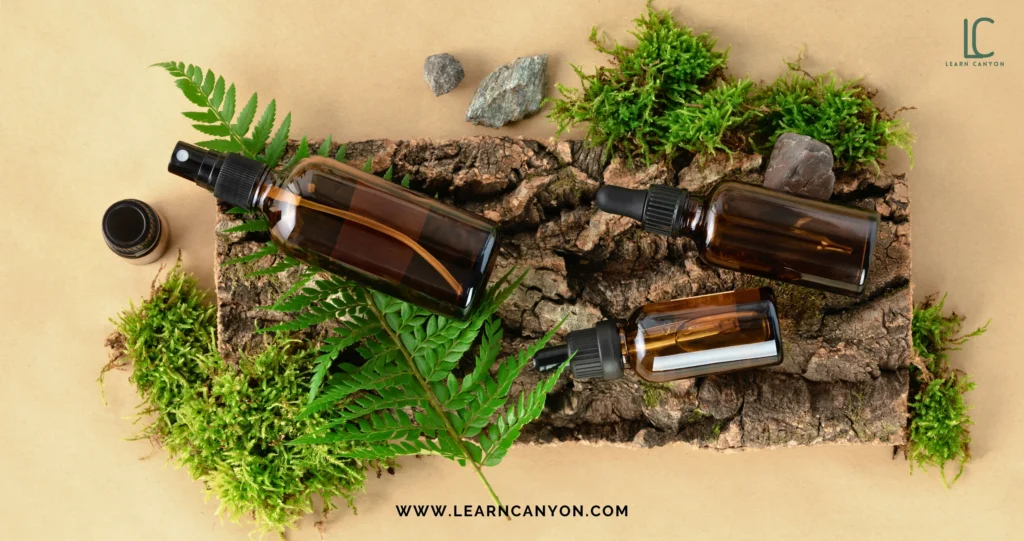
Mix Like a Formulator (Not a Home DIY-er)
Clay has a tendency to sit at the bottom or create streaks in cream formulations if not blended correctly. This is where your high-shear mixer, immersion blender, or even a simple mini homogenizer comes in handy. Blend slowly at first, then increase speed to break up particles. If your clay is still clumping, sieve it before use or try dispersing it in a solubilizer or glycerin phase before mixing it with water.
Consider Color & Texture Early
Because clays also act as natural pigments, it’s wise to visualize the final look of your product early in the process. French Green Clay will give your mask a spa-like earthy tone, while Rose Clay adds a soft pastel pink perfect for Instagram-worthy branding. Texture-wise, Rhassoul clay will make your blend feel creamy and luxurious, while Bentonite can make it thicker and more elastic. Choose your clay based on both function and form.
Packaging with Purpose
Let’s not forget the final touch packaging. For dry clay blends, go with glass jars, kraft tubes, or refillable pouches. For emulsified or water-based formulas, always use airtight containers, airless pumps, or tubes that minimize exposure to air and moisture. This isn’t just about aesthetics it’s also about product stability and safety.
Formulation Tip: Clay Layering
Something I love to do in more advanced formulations is layer multiple clays. For example, combining Kaolin for sensitivity with French Green for detox creates a balanced mask for combination skin. Or mixing Rose Clay with Rhassoul gives you a soothing-yet-rejuvenating product that appeals to mature or dry skin types. When you learn to layer textures and functions like this, your formulation becomes a work of art both effective and beautiful.
Formulating with clays is about more than just tossing a teaspoon into a mask. It’s about understanding your ingredient, its origin, its behavior, and its potential. When you work with clays like a pro, your formulations become elevated, elegant, and deeply rooted in natural efficacy.
If you’re formulating for real people with real skin stories teenagers with acne, moms with melasma, or curly-haired queens there’s a clay waiting to serve. As a formulator, your job is to match the clay’s personality with the user’s needs.
Clays bring purity, performance, and planet-friendliness to the table. So go ahead and experiment. Your next bestseller might just be a jar of humble earth!


